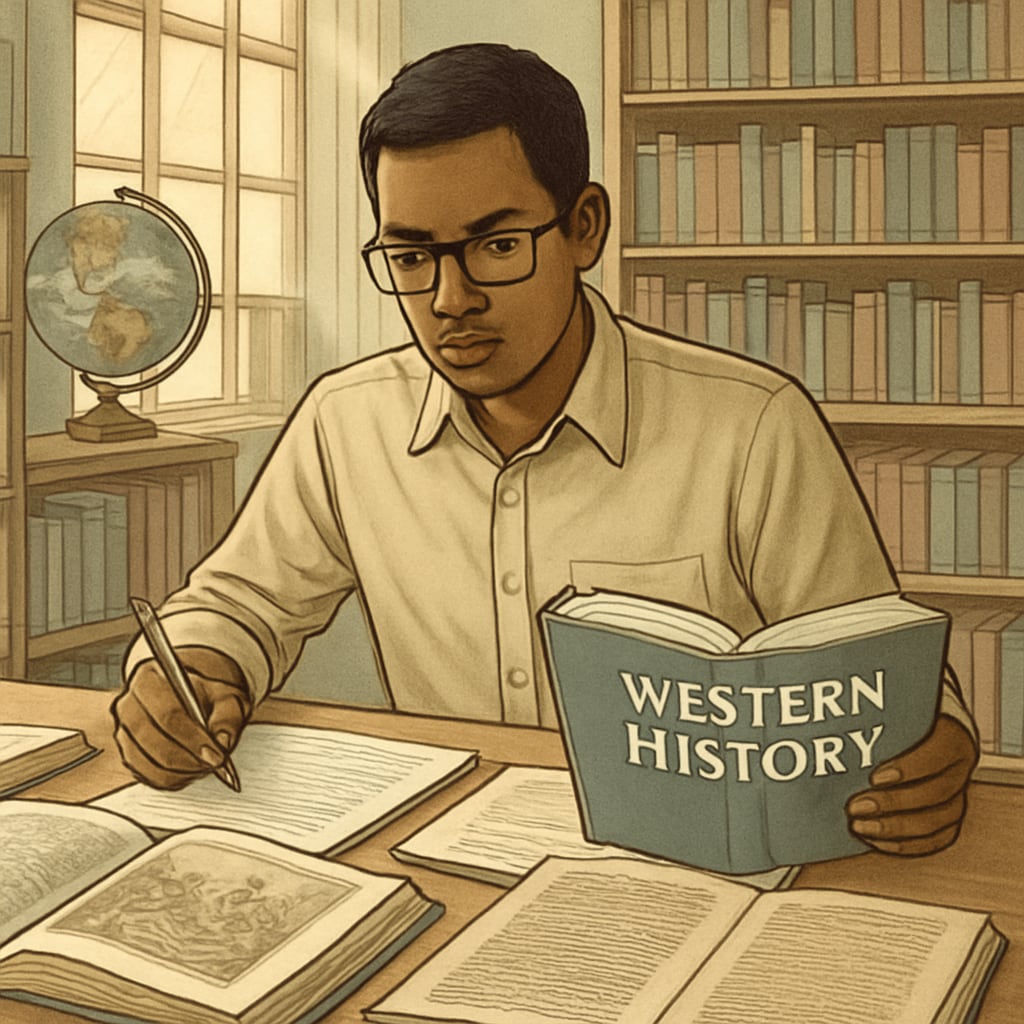For adult international students navigating Western educational systems, bridging the gap in foundational knowledge is crucial to their academic success. Factors such as unfamiliarity with cultural references, historical contexts, or philosophical frameworks can create barriers that hinder effective learning. This article examines the challenges these students face and provides practical strategies and resources to enhance their understanding of humanistic disciplines, promoting both cultural adaptation and academic achievement.
The Challenge of Cultural Adaptation in Adult Education
Adjusting to a new educational and cultural environment can be daunting for adult learners. Many international students may lack exposure to foundational knowledge in subjects like history, literature, or philosophy, which are integral to Western education systems. For example, references to the Enlightenment or the Renaissance might be unfamiliar, creating gaps in comprehension during classroom discussions.
Moreover, these gaps are not just academic; they also impact cultural adaptation. Without a solid understanding of the historical and cultural contexts that shape a society, students may find it difficult to fully engage with their peers, educators, and broader communities. Addressing these challenges requires a tailored approach that combines academic resources with cultural immersion strategies.

Strategies for Building Foundational Knowledge
The following strategies can help adult international students fill in their knowledge gaps and adapt more effectively to their new learning environments:
- Online Courses: Platforms like Coursera and edX offer free or affordable courses in history, literature, and philosophy tailored to beginners.
- Readable Textbooks: Books such as “A Short History of Western Civilization” provide accessible overviews of key historical and cultural events.
- Educational Videos: Channels like CrashCourse on YouTube simplify complex topics ranging from world history to philosophy.
- Study Groups: Joining study groups or cultural exchange programs can provide peer support and a collaborative learning environment.
- Museums and Cultural Sites: Visiting local museums or historical landmarks can offer direct engagement with cultural artifacts and narratives.
These resources not only enhance academic knowledge but also foster a deeper appreciation of the cultural and historical contexts that shape Western societies.
Supplemental Resources for Educators
Educators play a vital role in helping adult international students overcome their knowledge gaps. By integrating supplemental materials and inclusive teaching methods, educators can create a more supportive learning environment. Here are some effective strategies:
- Contextualized Teaching: Provide background information on cultural or historical references before introducing new topics.
- Interactive Learning: Incorporate multimedia resources, such as documentaries or podcasts, to make learning more engaging.
- Language Support: Offer glossaries or simplified explanations for complex terms and concepts.
- Cultural Exchange Activities: Organize events where students can share their cultural experiences, fostering mutual understanding.

Looking Ahead: Bridging the Gap for Future Success
Closing the knowledge gap in humanistic disciplines is not just about academic success; it is also about fostering cultural understanding and personal growth. For adult international students, acquiring foundational knowledge in history, literature, and philosophy can open doors to richer interactions with their peers and greater insights into their host cultures.
Educational institutions, educators, and students themselves must work collaboratively to address these challenges. By leveraging the right resources and strategies, we can build a bridge that not only enhances learning outcomes but also promotes a deeper connection between cultures.
As the world becomes increasingly interconnected, the ability to understand and appreciate diverse perspectives is more important than ever. By investing in comprehensive educational tools and approaches, we can help adult international students thrive both academically and personally in their new environments.
Readability guidance: Short paragraphs and bullet points summarize key ideas; multimedia resources and cultural immersion strategies offer practical solutions. Transition words ensure smooth flow between sections.


